
 Everyone who puts on events shares a terrible fear: what if no one shows up? If you do nothing to promote your event, it’s a real possibility. Email newsletters are a viable promotion channel, especially for those who have fan clubs and mailing lists. Yes, they take a little bit longer to create than the average social media post and (if you have a large mailing list) can be costly.
Everyone who puts on events shares a terrible fear: what if no one shows up? If you do nothing to promote your event, it’s a real possibility. Email newsletters are a viable promotion channel, especially for those who have fan clubs and mailing lists. Yes, they take a little bit longer to create than the average social media post and (if you have a large mailing list) can be costly.
But a well-designed and well-written newsletter is worth the effort. Increase your open rates and get those RSVPs pouring in. Here’s how:
Grow Your Email List
- To have a newsletter in the first place, you need a list of email addresses. Check legal requirements in your state for what constitutes spam and follow those rules.
- At events and trade shows, have a sign-up sheet for your newsletter or a fishbowl for attendees to drop business cards.
- Place the newsletter sign-up box in the footer of your website’s homepage and if possible, on your Facebook page. Tell potential subscribers what to expect from the list and how often you will email.
- Include sharing buttons in your invites. That way, your subscribers can easily forward it to friends, which they are more likely to do if there are incentives, such as ticket discounts.
- If you’re a musician or show producer, give your email subscribers the VIP treatment. Send exclusive access to new music and/or special pricing. DIY Musician recommends that you trade newsletters with another artist or band to grow your list.
Increase Newsletter Open Rates
Confession: my personal email inbox has 2,000 emails and most of those are promotional newsletters. ‘Inbox Zero’ is a losing battle. To get a newsletter invite opened in an inbox as stuffed as mine, you need to use clever copywriting.
- Include the words, ‘You’re Invited’ in the subject line. It’s clear, simple, direct, and intriguing.
- Personalize your newsletter invites. According to Campaign Monitor, emails with personalized subject lines are 26% more likely to be opened.
- Write something clever, irresistible, the kind of subject line that begs you to open the email.
Not Like This:
GET TICKETS NOW!!!!
Hurry! Discounted Tickets Inside
Don’t Miss This Event This Saturday at 9:00 PM in Everett
Avoid all-caps, exclamation points, and writing that fails to describe what’s inside. Don’t use words that trigger spam filters, such as “free,” “clearance,” and “guarantee.”
More Like This:
Pssst… Your Friends Are Going to This
RSVP for Our Best Show This Year
We Don’t Have Jetpacks. We Do Have This…
Take Us to the Shiny Details
Jim Nelson once said, “Never open a book with weather.”
The equivalent for event promoters and copywriters: “Never open your newsletter with a big block of text that has nothing to do with your event.”
Opening lines matter. It’s 2017, age of the flea-size attention span. Make the most important details stand out. Get right to the time, location, cost, and other key details such as parking and transportation. Include a prominent call-to-action button that takes the potential attendee right to the page to buy tickets.
Share your advice. Comment below with your email invite tips and techniques.
Event Tips >



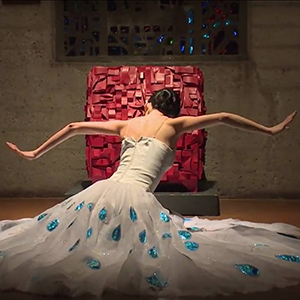
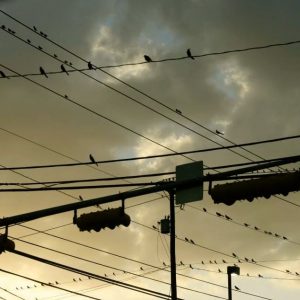

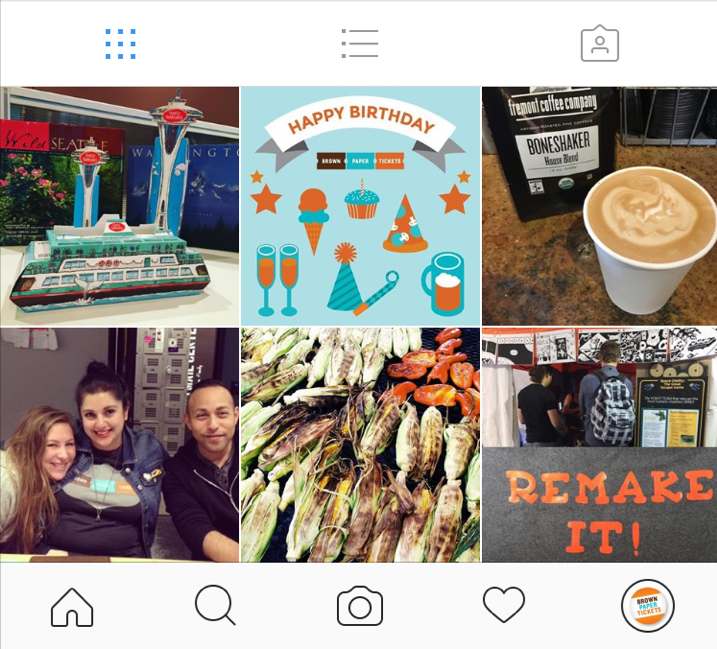

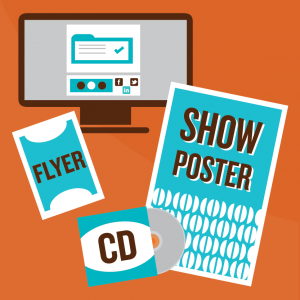


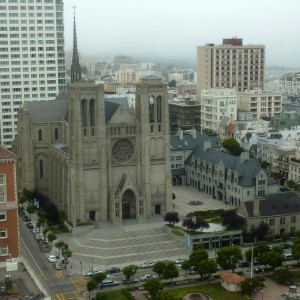
 Arts
Arts Comedy
Comedy Event Tips
Event Tips Film
Film Food & Drink
Food & Drink Good Causes
Good Causes Music
Music News
News Radio
Radio Roller Derby
Roller Derby